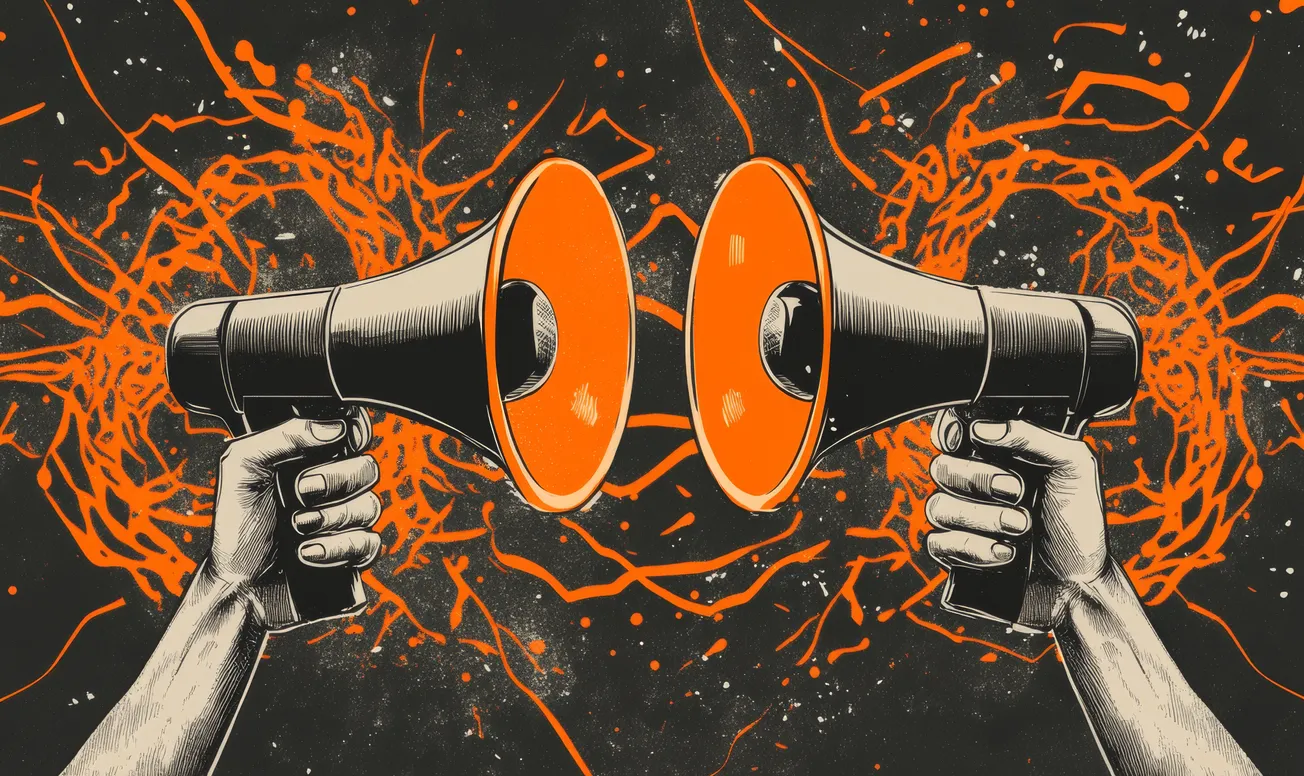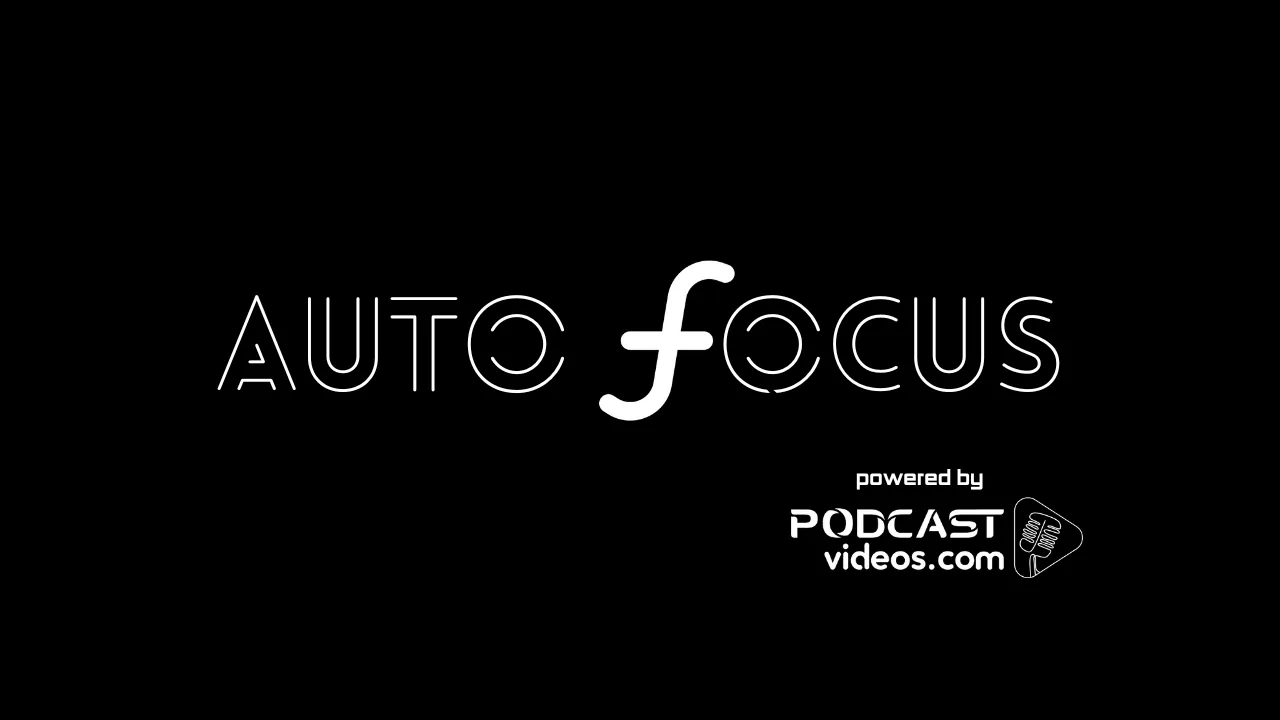AudioShake has introduced a new AI-powered tool capable of separating overlapping voices into distinct tracks.
The Multi-Speaker AI model is designed to address one of the most significant challenges in podcasting and audio production: when multiple speakers talk over each other, it can be difficult to isolate and edit their individual contributions.
Using deep learning, the system processes audio files to distinguish and separate voices based on tonal qualities, allowing for greater clarity in editing, transcription, and localization. This advancement is particularly useful for podcasters, journalists, and audio engineers who need to clean up interviews and live recordings without manually editing complex waveforms.
The technology underpinning AudioShake’s model is based on machine learning algorithms trained on vast datasets of human speech. By recognizing patterns in intonation, pitch, and cadence, the system can effectively unmix audio recordings where multiple voices overlap.
This capability is particularly beneficial for transcriptions, as it allows for more accurate attributions of speech, as well as for international dubbing and automated subtitling.
The company’s AI model is poised to integrate into major production environments, offering compatibility with digital audio workstations (DAWs) such as Pro Tools and Adobe Audition.
The Broader Landscape of AI-Driven Audio Processing
Several other companies have developed technologies aimed at improving voice clarity and audio manipulation in podcasting and beyond.
Krisp is one such tool, specializing in real-time noise suppression. Unlike traditional noise reduction software, Krisp uses AI to recognize and filter out unwanted sounds such as background chatter, keyboard typing, and ambient noises, while preserving the speaker’s voice.
It is particularly useful for remote work environments and podcast interviews conducted over platforms like Zoom and Microsoft Teams.
Respeecher has taken AI-powered speech transformation a step further by developing technology that allows one person’s voice to be altered to sound like another’s. Using machine learning models trained on voice samples, the company’s software can recreate voices with remarkable accuracy. This technology was notably used in Hollywood productions, such as recreating the voice of young Luke Skywalker for "The Mandalorian."
By capturing the nuances of speech patterns and vocal idiosyncrasies, Respeecher’s platform enables realistic voice cloning, which has implications for podcasting, film, and video game production.
ElevenLabs has developed one of the most advanced text-to-speech (TTS) models available today, offering AI-generated voices with lifelike emotional depth. Unlike traditional TTS systems, which often produce robotic-sounding outputs, ElevenLabs’ AI synthesizes vocal intonations and stress patterns that closely mimic human speech.
The platform supports multiple languages and voice cloning, making it an attractive tool for podcasters looking to generate high-quality narration or expand their content into different linguistic markets.
Bridging Audio and Video Editing Through AI
The integration of AI voice tools into video production is rapidly evolving, with companies like Adobe and Synthesia leading the charge. Adobe Premiere Pro has long been an industry standard for video editing, and recent updates have incorporated AI-driven audio enhancements, such as automatic speech-to-text captioning and voice separation tools.
These features allow editors to work with cleaner dialogue tracks and generate automatic transcripts, significantly reducing post-production time.
Synthesia, a leader in AI-generated video, has leveraged synthetic avatars capable of delivering speech in multiple languages. The company’s software allows users to create digital presenters that can be used in corporate training videos, marketing content, and virtual events.
This technology eliminates the need for costly studio setups and voiceover artists, offering an automated solution for video narration and localization.
Another emerging technology is Captions, an AI-powered video editing tool designed to streamline production workflows. Captions uses AI to detect individual speakers and make automated cuts based on their dialogue. This means that an interview recorded with multiple participants can be automatically edited to focus on the active speaker, improving pacing and visual engagement.
Captions also features advanced dubbing technology, allowing creators to produce translated versions of their content with lip-sync accuracy.
The Future of AI in Podcasting and Multimedia Production
The rapid advancements in AI-driven audio and video tools suggest a future where content creation becomes more efficient and accessible. Podcasting, in particular, stands to benefit from these technologies, as they enable cleaner recordings, improved editing workflows, and greater audience reach through automated transcription and translation.
As companies like AudioShake, ElevenLabs, and Adobe continue to refine their AI models, the barrier to high-quality audio production will continue to decrease, empowering independent creators and media professionals alike.










